The Gar is a species of large, primarily freshwater fish. Researchers recognize seven different species living today, including the spotted, alligator, Florida, Cuban, tropical, longnose, and shortnose. The closest living relative of this group of fish is the bowfin. Read on to learn about the Gar.
Description of the Gar
These fish range in size and coloration, but mostly have a similar build. They have long bodies, long snouts, and unique fin placement. Their dorsal and anal fin sit just before their tail fin.
Smaller species measure about 2 ft. long and weigh about 3 or 4 lbs or so. However, the largest species regularly surpass lengths of 6 ft. long, and some believe they can reach up to 10 ft. in length!
Interesting Facts About the Gar
These interesting fish have a number of unique traits and features. Learn more about what makes the Gars so special, below.
- Record-Setting – The largest recorded specimen measured over 8 ft. long. Researchers believed that the fish, which a fisherman accidentally caught in his net, was 50 years old or more!
- Surplus Sizes – Though researchers do not have confirmed measurements, many report sightings of much larger proportions. Some even believe that these fish reach lengths up to 10 ft. or more! This makes them one of the largest species of freshwater fish in North America.
- Sharp Scale – Native Americans used to use the scales of this fish as arrowheads. They also performed religious dances, but researchers are unsure what the purpose of those dances were.
- Not Caviar – If you want to, you could eat the meat from this fish. However, you should not try to use their eggs as caviar! The eggs of these fish contain toxins that are dangerous to humans.
Habitat of the Gar
All of the five species generally prefer freshwater habitats, though some do range into brackish water. Their specific habitat preferences vary based on the species.
Generally, you can find these fish in rivers, lakes, creeks, swamps, and more. Many prefer calm waters without fast flowing currents, and often remain near submerged logs or underwater vegetation.
Distribution of the Gar
Each species has its own unique distribution and range. Some species have populations that overlap with those of other species. As a whole, this group lives primarily in the waters of North America. All of the various species live in the eastern United States.
Diet of the Gar
These fish are carnivorous, which means that they eat other animals. Their specific diet varies based on the species, where they live, and how large they are.
Smaller Gars prey on insects, shrimp, small crabs, crayfish, and other invertebrates, as well as small fish. Larger individuals feed on fish, but also hunt just about anything that they can fit in their mouths.
Their primary hunting strategy is ambush. The fish hide in aquatic vegetation or near submerged logs and wait for prey to stray within striking distance.
Gar and Human Interaction
Human interaction varies from species to species. People hunt some species as sport fish, but people do not typically eat their meat. Populations in some areas face decline from overfishing, while others have healthy numbers. Habitat destruction and accidental capture in nets also poses a danger to these fish.
The IUCN lists all five species as Least Concern.
Domestication
Humans have not domesticated these fish in any way.
Does the Gar Make a Good Pet
No, none of the various species in this family make good pets. While some do keep certain species in home aquariums, all of the species reach lengths of two or three feet as adults. This makes it difficult to keep them as pets because you need larger tanks to house them.
Gar Care
Zoos and aquariums keep most of the five species in tanks. With their large bodies and long snouts, they make for impressive-looking aquarium fish. They also swim quite slowly, so guests can easily view them up close. Zookeepers and aquarists house them with similar species, as well as other large fish.
Behavior of the Gar
If you watch one of these fish in an aquarium, you’d never guess that they are stealthy and swift predators. They sit motionless or swim very slowly, hiding in the shadows of fallen logs or drifting near underwater plants.
Though they are not outright social, you can spot several slowly drifting in the same area. Most species are not territorial, and they congregate in areas with plentiful food sources.
Reproduction of the Gar
During the breeding season, the males compete for the right to breed. They congregate in large numbers to fight and reproduce. While spawning, the female lays her eggs and then lets several males fertilize them. She lays thousands of eggs in a single season, though few survive to adulthood.
It takes about a week for the eggs to hatch. Neither the male nor the female protect the eggs or young. The young reach sexual maturity at about one year of age.

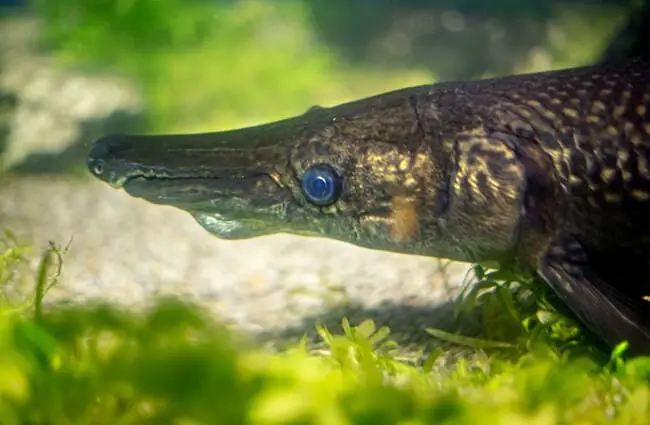
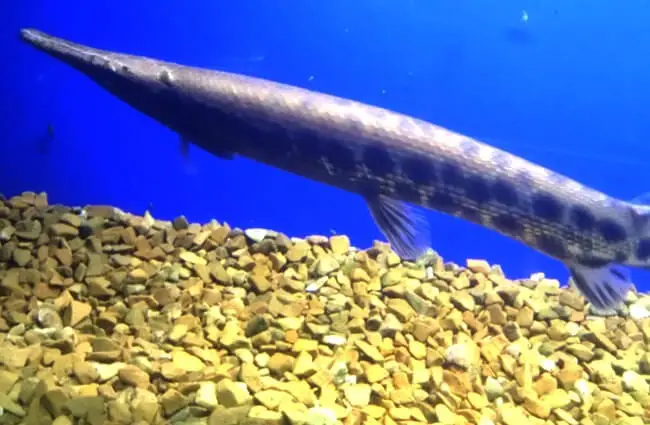

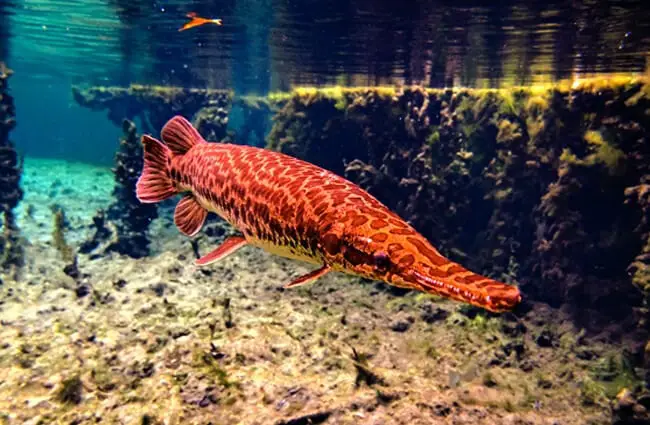

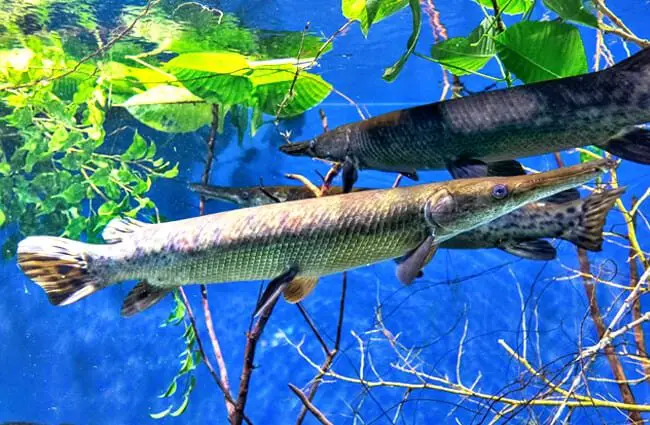
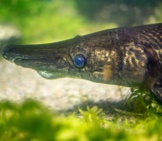
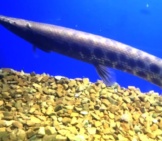

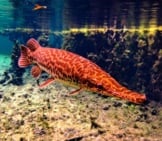
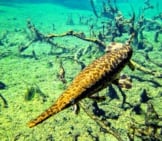

![Red Angus Closeup of a beautiful Red Angus cowPhoto by: U.S. Department of Agriculture [pubic domain]https://creativecommons.org/licenses/by/2.0/](https://animals.net/wp-content/uploads/2020/03/Red-Angus-4-238x178.jpg)


![Red Angus Closeup of a beautiful Red Angus cowPhoto by: U.S. Department of Agriculture [pubic domain]https://creativecommons.org/licenses/by/2.0/](https://animals.net/wp-content/uploads/2020/03/Red-Angus-4-100x75.jpg)

